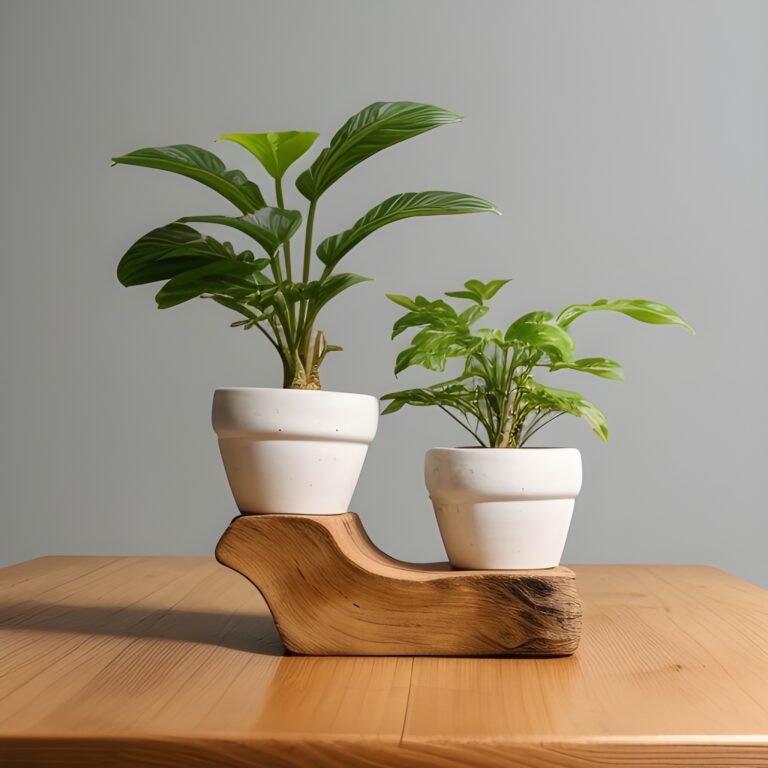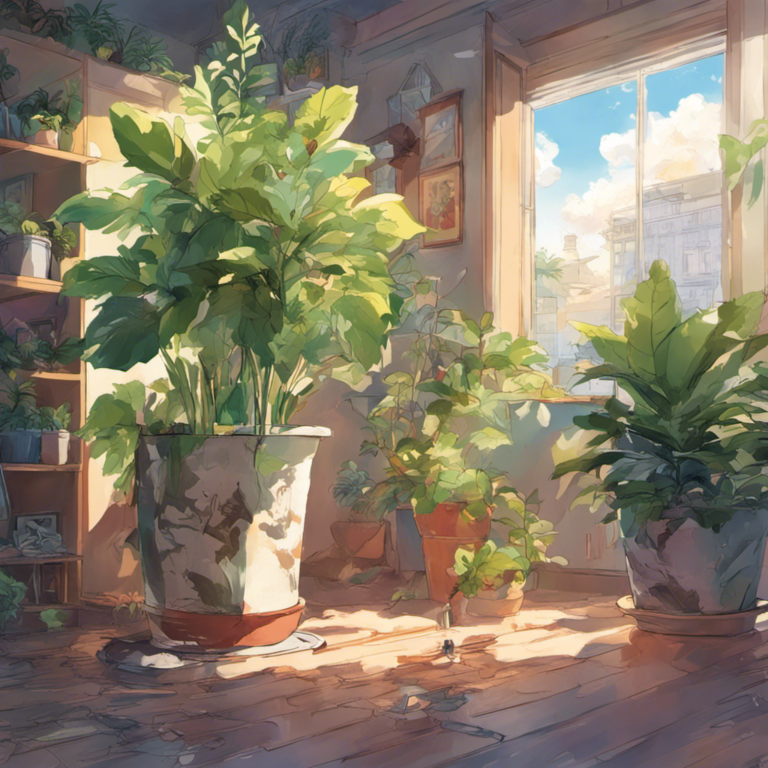Indoor Plant Sunlight Guide: How to Measure & Optimize Light for Healthy Growth
Hey there, fellow plant enthusiast! Ever wondered why that once-thriving fern suddenly went from radiant to ragged? Or why that succulent of yours seems more “succu-less”? Chances are, it’s not getting its daily dose of Vitamin D. Yes, plants need it too! But how do you know how much sunlight your indoor plants are really getting? Let’s dive in!
The Science Behind Sunlight:
Alright, let’s break it down (but not too much – I promise). Plants are a bit like us when we try to get that perfect tan. Too much sun, and we’re burnt. Too little, and we’re pasty. Plants photosynthesize – which, in simpler terms, means they transform light into energy. Think of it as their breakfast, lunch, and dinner. The more balanced their meal, the healthier they are. Easy, right?
Tools of the Trade:
Before we become plant-saving superheroes, we need our trusty sidekicks. Have you ever heard of light meters? They’re like thermometers, but for sunlight. A bit fancy, huh? And if you’re more into the digital age, there are tons of apps out there that can do the job too! Ever thought your smartphone could help you grow plants? Welcome to the future!
Hands-on Guide: Measuring Sunlight Indoors:
Now, for the fun part!
Picking the right spot:
You wouldn’t wear sunglasses in a dimly lit room, would you? Similarly, your plants need the right spot. Before measuring, think about where you’re placing your plant. Near the window? In a shadowy corner? Each plant has its preference, so make sure you do a quick tango with them to find their happy place.
Using a light meter or app:
Got your tool? Great! Hold it where your plant sits, and give it a minute. If you’re using an app, it might even tell you which plants thrive in that light. It’s like having a plant whisperer right in your pocket!
Interpreting the results:
Here’s the trickiest part – understanding what all those numbers mean. In general, the higher the number, the brighter the light. But remember, balance is key. You don’t want to fry your green friend or keep it in the dark.
Troubleshooting: Getting the Most Out of Your Sunlight:
We’ve all been there – sometimes, the sunlight just doesn’t cooperate. So, what’s a plant lover to do?
Solutions for low light:
Not all heroes wear capes; some come with LED lights. Yes, grow lights can be a game-changer. They’re like giving your plants a little flashlight to read under the covers.
Tips for managing too much sunlight:
Too much of a good thing isn’t always great. If your plant’s getting more sun than it can handle, think about using sheer curtains or moving it a bit farther from the window. Remember the sunglasses analogy? It’s kind of like that.
Conclusion:
And there you have it! A quick guide to making sure your indoor plants get the sunshine they deserve. With a little bit of attention and the right tools, you can ensure your leafy buddies are thriving and not just surviving. So, next time you notice that plant looking a bit down, you know what to do!
FAQs:
- Can I use a regular flashlight to help my plants?
Not really. Plants need specific light wavelengths that most flashlights don’t provide. - Do all plants need the same amount of light?
Nope! Some plants love sunlight, while others are more into shade. Always check your plant’s preferences. - How often should I measure sunlight?
Seasons change and so does light. It’s a good idea to check a few times a year. - My app gives different readings at different times. Why?
Sunlight varies throughout the day. It’s always brightest at noon and softer during mornings and evenings. - Is there such a thing as too much sunlight for indoor plants?
Absolutely! Just like us, plants can get “sunburned” if they get too much direct light. - Do I need a light meter if I have an app?
Not necessarily. Both can do the job. It’s just about preference. - Can I move my plants around often?
You can, but plants are creatures of habit. They prefer a consistent environment. - How do I know if my plant is getting the right amount of light?
Monitor its health. If it’s growing, has vibrant color, and seems happy, you’re on the right track! If not, try adjusting its light.



